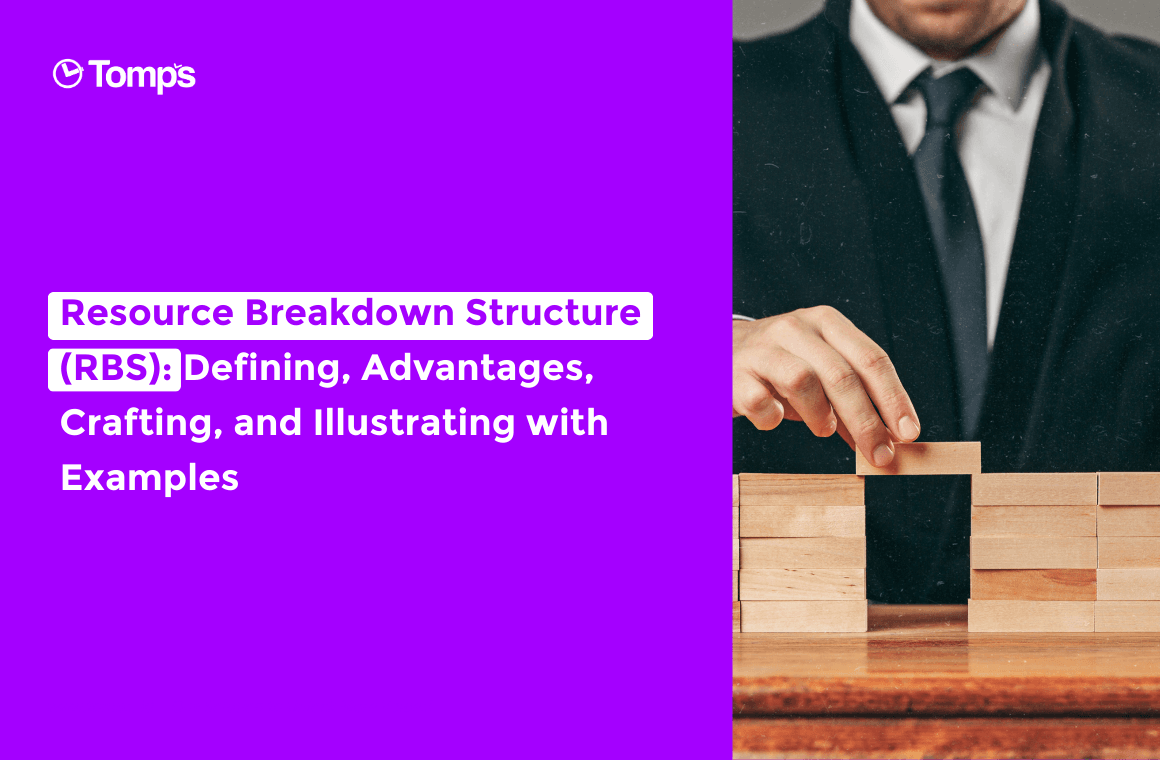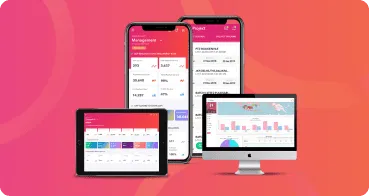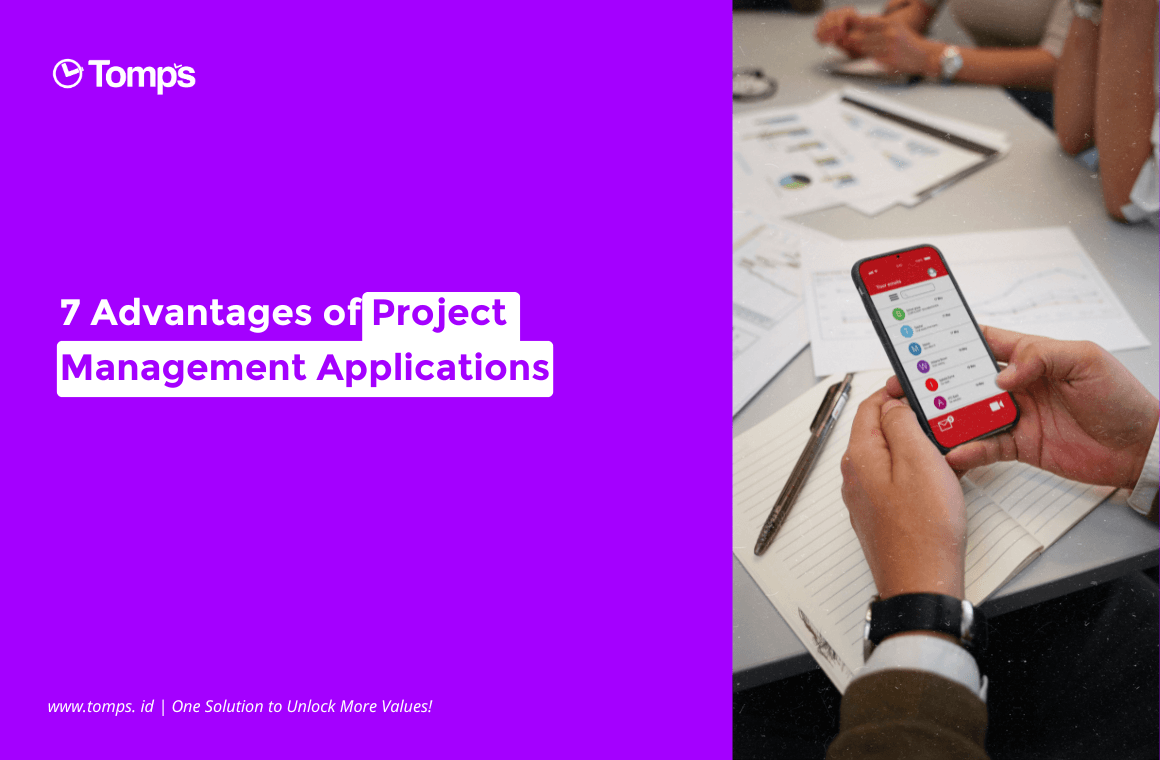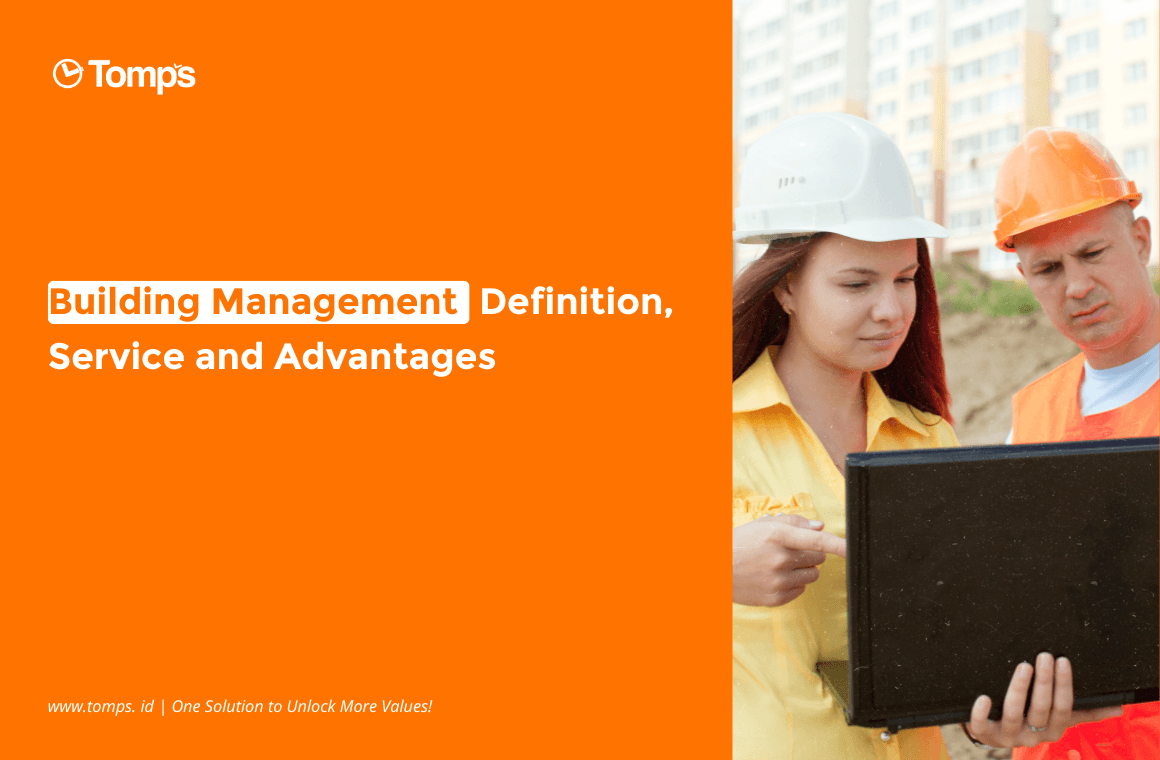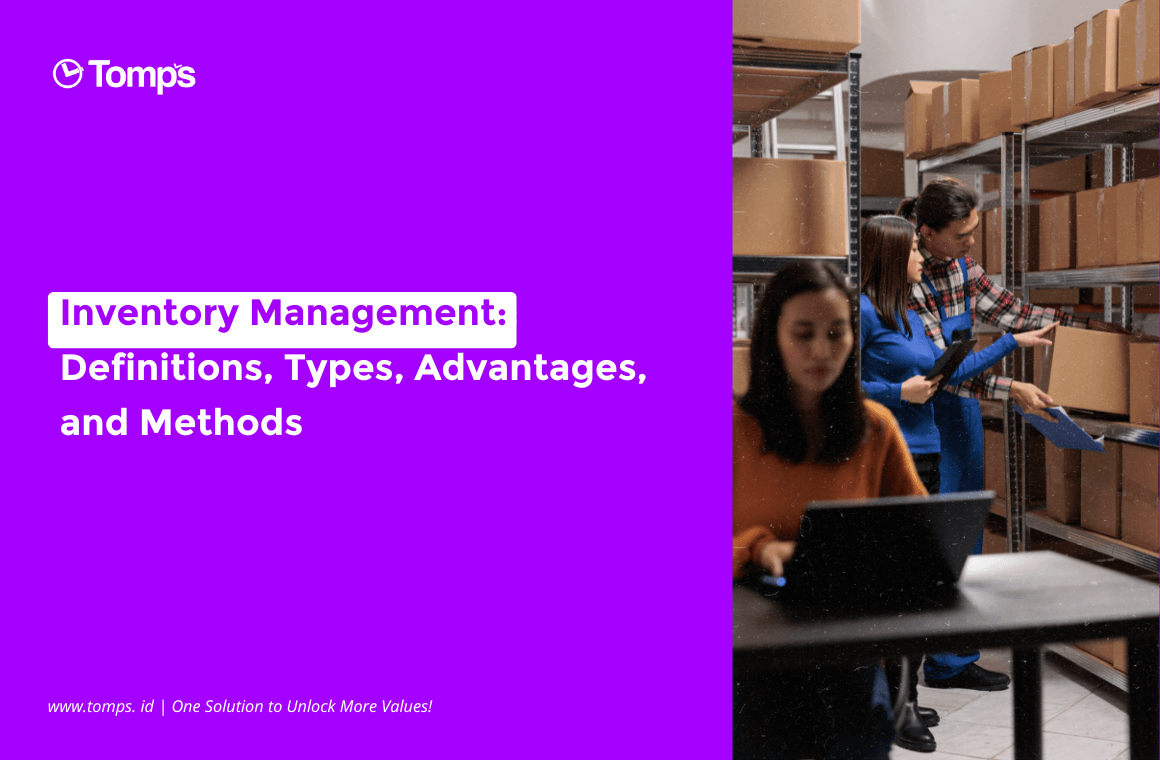Resources are the forces that drive any project to success. When resources are allocated appropriately, every employee will have what they need to complete the task. As a project manager, it is very important to create RBS for development projects. What is RBS, and what does an example of RBS look like? Check out the explanation below.

What is RBS?
RBS is an abbreviation of Resource Breakdown Structure, which is a method that describes what resources are needed to complete each task in a project plan or work breakdown structure (Work Breakdown Structure/WBS). It includes types of resources, including people, time, intangible assets, and tangible assets. Before a project begins, RBS assists in planning, organising, and managing resources. When work is underway, it is a good idea for project managers to track resource utilisation in advance, as RBS can be the backbone of a successful project. Just like WBS, RBS is a hierarchical system that will help in dividing resources into so many tasks in one project.
Importance of RBS in Projects
RBS is a flexible system that can be implemented in various industries to allocate resources efficiently. The following are some of the advantages of RBS for working on projects:
- Become a single source of all important information that will help throughout the project.
- Identify overlapping resources and possible interactions between different resources to efficiently resolve work bottlenecks.
- A quick way to view workload and workforce allocation.
- Limiting uncertainty and instability in a project in resource provision. This not only helps in the responsible management of resources but also brings transparency to the system.
- It helps project managers see the bigger picture by making them more organised and efficient.
- This also helps project managers make accurate predictions, as they have all the information in front of them.
- It enables cross-functional correspondence and support between different teams, allowing for seamless resource sharing.
- It helps make budgeting decisions easier by making more accurate projections of total project costs.
Who creates the RBS in the project?
In general, creating an RBS is the job of the project manager or resource manager. RBS must be prepared by someone on the team who has access to all the information needed, starting with the team, budget, software, equipment, and so on. The right time to create an RBS is in the early stages of a project, when the execution is still in the planning stage. Estimates in preparation will help project managers execute projects more efficiently and accurately. Once it has been prepared, the RBS is then distributed to all project stakeholders. RBS will help all concerned understand the project and help it run smoothly.
Examples of Items Entered into RBS
When creating an RBS, the items in it really depend on the type of project. In general, the resources that can be included in RBS are:
- Human Resources This includes all employees required to complete each task. List the names of employees, their positions, and what tasks they are responsible for.
- Equipment Make a list of tangible objects needed to complete the project. This includes vehicles, machines, equipment in laboratories, testing equipment, and video conferencing systems.
- Time Time usually falls into the category of secondary resources. Time becomes an informative resource when combined with other resources. For example, how long does it take for an employee to do one task? Or how long a particular machine is able to do one task.
- Technology Technology resources are usually intangible and include things like computer programmes, internet bandwidth, cloud memory, and software subscriptions.
- Material Construction projects certainly require a variety of materials. Starting from sand, stone, wood, metal, and many more. Apart from that, materials also include spare parts or electronic components.
- Physical Space Some projects require meeting rooms, laboratories, testing facilities, and other physical spaces. This also includes rented locations.
- Service Lastly, there are the services that are required and must be paid for during the project. Some projects require outsourcing, especially for tasks that cannot be done by the project manager and his team.
How to Make RBS
 Here are some steps to create an effective RBS:
Here are some steps to create an effective RBS:
- Build a good resource management plan. A quality RBS is based on a strong resource management plan. By creating an RBS template, project managers will have a basic framework that can be used to build projects effectively. With this plan, managers will know what resources are interrelated and fill gaps if necessary.
- Manage workforce assignments Human resources are generally the most important part of every project. Sometimes this part is the most challenging task in RBS. Project managers must allocate the right people to the right tasks. The level of complexity will increase when one person handles many projects simultaneously. Therefore, it is important to know who is doing a particular task and who is under him. Employees assigned to such assignments must work only with the resources allocated to them.
- Managing Resources Managing resources is not simple, and neither is tracking them. Only managers who have good judgement and analytical skills are able to allocate resources efficiently. An experienced project manager will weigh the pros and cons of resource allocation and calculate the budget.
- Determine resource risk. Every project definitely has risks associated with it. Resource risks are an important part of every project and arise when scarce resources have to be allocated across different tasks. Therefore, developing a comprehensive resource risk plan at RBS is critical.
For a project to run smoothly and successfully, it is important to make it transparent from the start with the RBS and other critical components. Use reliable project management software for project success, such as Tomps by Telkom Indonesia. Tomps is a mobile and web-based collaborative digital management solution that prioritises ease in managing company needs with online supervision. Tomps comes with a variety of smart features that will really help projects. Let's visit the Tomps website to find out about each feature!


